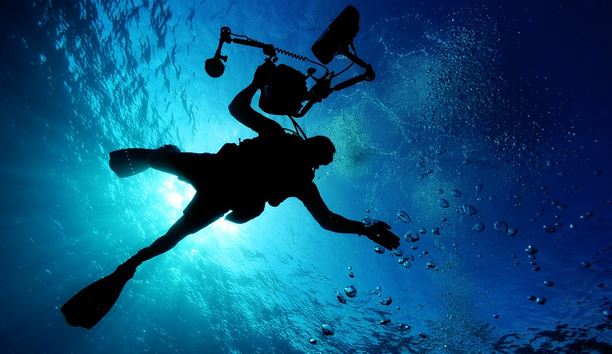Open water diving
Open water environment differs of course from confined water training. Water is colder, visibility is poorer and the environment is rougher. The first dives in open water were conducted in old open mine, which was great for our purposes. Visibility was poor, about two meters until we reached a depth of 15 meters. Then water became clear and we had a great visibility, even 10-15 meters, which is even outstanding in our muddy waters.
Generally, the skills were quite easy to the students. All the students were PADI instructors, so they had been diving a lot. One of the hardest things was to cope with all three manifold valve shutdowns in 45 seconds. This skill was easy to the most limber students, but still divers with drysuit, drygloves and thick under garment need to practise more than the divers in tropical waters. Deco and stage cylinder staging was easy, but it’s important to have aluminium cylinders instead of steel ones. The difference is huge when carrying two steel stage cylinders instead of aluminium cylinders. One skill is still worth to mention; long hose air sharing without a mask! Depth was 20 meters, almost dark and water temperature was 3°C, so the feeling when you get cold water to your face is stunning. But it’s all practise and it’s good.
The course was carried over mostly in fresh water, but the last three dives were conducted in Kasnäs, which is in the West Coast of Finland. The reason was mainly, that we couldn’t achieve enough depth in inland lakes or old mines without going to the mining tunnels, and since this course is not intended to contain overhead environments, we had to go to the sea.
